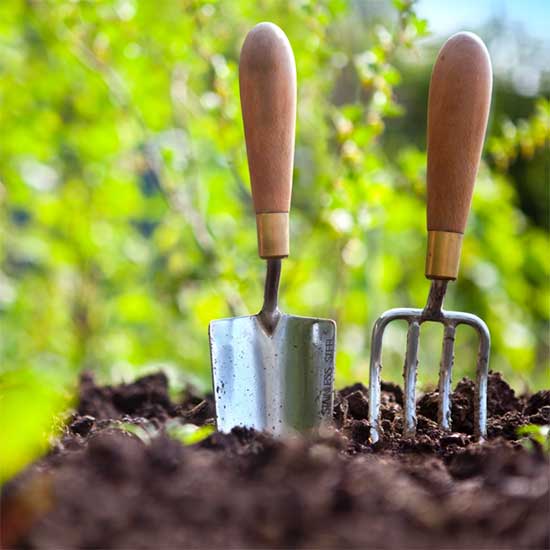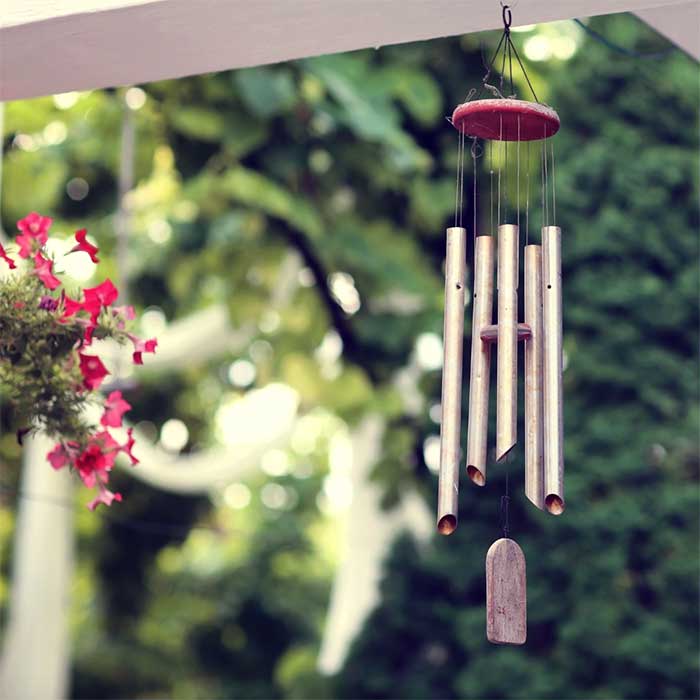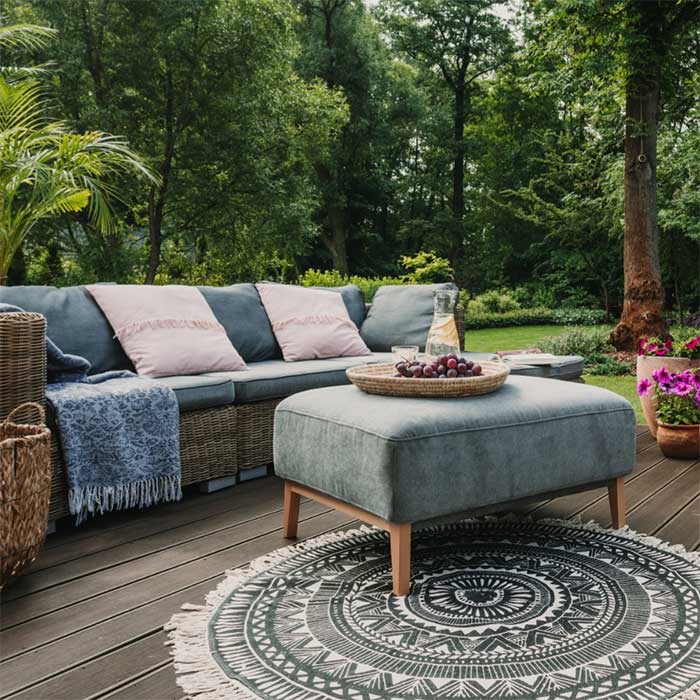Did you know plants can clean the air?
If you’ve ever had a headache, cough or sore throat, these could be symptoms or “Sick Building Syndrome”. Until recently indoor air pollution was not considered a health threat. But today’s more tightly sealed homes, while reducing fuel bills, also recede air exchange allowing pollutants to accumulate.
There are three pollutants commonly found in the home that pose health risks. These pollutants are also known as volatile organic compounds (or VOCs) because they evaporate readily into the indoor air that we breathe.
Benzene is found in inks, oils, detergents, plastic and rubber products, synthetic fibers and gasoline. Benzene causes skin and eye irritation and is a suspected carcinogen and contributing factor in leukaemia. High levels cause dizziness, headache, nausea, and blurred vision.
Formaldehyde is found in foam insulation, particle, and press board, paper towels, household cleaners, carpet, cigarette smoke, furniture and heating and cooking fuels. Formaldehyde irritates mucous membranes of the eyes, nose and throat, is a contributing factor in asthma.
Trichloroethylene is found in dry cleaning, inks, paints, lacers, varnishes and adhesives. It is suspected as a contributing factor in liver cancer.
These three pollutants are released by hundred of everyday objects in your home. Studies by NASA have demonstrated that certain houseplants can remove up to 87 percent of indoor air pollutants in 24 hours. Plants were sealed in a Plexiglas chamber into which chemicals were injected. Particle measurements revealed that many plants were extremely efficient at removing pollutants.
How Do Plants Do This?
Small openings in the leaves take in air. Plant cells absorb carbon dioxide and other substances from the air. Carbon dioxide is used by the plant to make food. Pure oxygen and water vapour are released as a by-product. Pollutants can be translocated to the roots where the plant may use them or release them into the soil.
Which plants are best?
There are many sites you can reference for information on plants that are best for cleaning the air – here, we have referenced NASA. Philodendron, Spider Plant and Pothos were rated tops in the NASA study for removing Formaldehyde. Flowering plants such as Gerbera and Mums did a good job of removing benzene. The top plants on the NASA site for removing all three pollutants are:
- Bamboo Palm (Chamaedorea)
- Chinese Evergreen (Aglaonema)
- English Ivy (Hedera)
- Gerbera Daisy
- Dracaena (four types) – Janet Craig, marginata, massangeana, Warneckii
How Many Plants are Needed?
Research suggests one large (10″ pot) plant per 100 square feet or room area is needed to effectively clean the air. An average living room would need two to four plants. While some plants are more efficient than others, a larger specimen of a less efficient plant will do the same job.
Proximity is also a factor, consider placing a nice spectrum near your favourite chair, or put a smaller one on your desk so you can benefit at work.
Here are some of the top air purifying plants that you can find here at Glen Echo:
Best Air Pollution Absorbers
Benzene: Florist’s mum, peace lit, “Warneckii” dracaena, Madagascar dragon tree
Formaldehyde: Bamboo plant, ‘Janet Craig’ dracaena, bamboo palm
The Best of the Best
The following 12 houseplants, in approximate order of efficiency; are generally considered the best plants for reducing pollutants in the air.
- Boston Fern
- Florist’s mum
- Pygmy date palm
- ‘Janet Craig’ dracaena
- ‘Kimberly Queen’ fern
- Bamboo palm
- Rubber plant
- English ivy
- Weeping fig
- Peace lily
- Areca palm
- Corn plant
Now that we have established that plants are good for our health, here are some other great reasons to fill your home and garden with tropical plants.
Most houseplants are considered tropical plants because they can survive outdoors in warmer climes. What that means to us in our zone is that we can transition them to thrive in our garden or by our pool for the summer months. Bright colour and lush tropical feel right here in Canada! Just ease them outside when the temperature outside reaches the same as the temperature inside your home and slowly transition them from shade to morning sun to full sun and do the opposite to bring them in again in the fall. FUN!
There are a lot of houseplants that are very easy to care for and there is no need to be afraid of adding some into your home.







